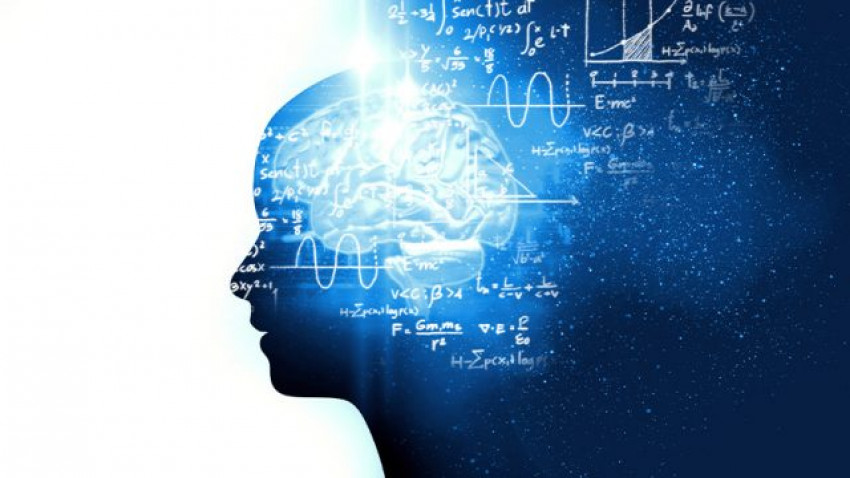
Extraction of knowledge from data is the focus of data science. It is a multidisciplinary skill that incorporates people, systems, computational and Big Data platforms, application-specific goals, and programmability.
In today’s article we will understand the 5 P’s of data science projects, showing how each P plays a crucial role in completing a project. Knowledge and understanding is highly required to carry out a successful data science project.
The 5 P's of Data Science Projects to Understand
The following are the 5 P’s of data science projects which every professional must understand in depth so they can carry out the activities without any hassle or mistakes, and they have a goal in mind.
P 1: Purpose
A goal or objective should always be developed, just like in the traditional method of project management. Several instances are possible:
● More accurate business insights
● Detecting and preventing fraud
● Predictions
● Maximization issues
Having a clear aim or goal is crucial for any project in the Big Data or Data Science fields. Since it won't be beneficial to you or your business, you shouldn't work mindlessly on a project just because everyone else is.
P 2: People
Within a data science project, a variety of people with various skill sets are involved. Developers, testers, data scientists, and subject matter experts are needed to work successfully with data. Involved in data projects are also sponsors, stakeholders, and the project manager/product owner. In this situation, the first group needs to be kept informed about the project's status, while the second is tasked with serving as a liaison between the development team and project stakeholders.
P 3: Process
Considering that a team has already been established and has a goal in mind, a procedure that could be iterated upon would be a fantastic place for this team to start. It's enough to mention that "People with Purpose" will establish a process for cooperation and communication.
Data science is a process that uses methods from statistics, machine learning, programming, computing, and data management. A process begins as a conceptual arrangement that outlines the stages to follow and the ways in which each person can contribute. Keep in mind that when used inside various workflows, comparable repeatable procedures can be used in a variety of applications with various purposes.
In executable graphs, similar processes are combined in data science workflows. We hope that connecting people, methods, and applications through process-oriented thinking will alter the way data science is done. Executing such a data science process necessitates having access to a large number of datasets, both large and small, presenting new opportunities and problems for data scientists. A data science workflow is made up of several different data science phases or jobs, such as data collection, data cleaning, data processing/analysis, and result visualization.
User contact and other manual tasks may be required during data science processes, or they may be entirely automated. Finding the best computing resources and effectively scheduling process executions to the resources based on process description, parameter settings, and user preferences are challenges for the data science process.
These challenges include 1) how to quickly integrate all required tasks to establish such a process, and 2) how to do so.
P 4: Platforms
Different computing and data platforms can be employed as a component of the data science process depending on the demands of an application-driven purpose and the amount of data and computing needed to conduct this application. Any data science solution architecture should take this scalability into consideration.
P 5: Programmability
The final thing you should consider is the programming languages and tools you intend to employ. The IT governance and strategy all play a role in this point's determination and influence.
Programming languages and tools examples include programming languages like SQL, Python, and R, Big Data tools like Hadoop, AWS Redshift, and S3, streaming software like Kafka, Spark, and talend, and BI tools like Tableau, Qlik, and Google Data Studio.
Final Words
We have reached the final parts of the article. To summarize our discussion, we discussed strategically the 5 P's of a data science project. First, every project must have a goal or purpose behind it. Next, you need skilled people to carry out the project. Then, once you have a purpose and the people to do it, you require a specific process that needs to be followed to find success. Then you can make use of various platforms to conduct the process and finally leverage important programming languages for the purpose.
If you are a data science enthusiast and find this interesting, you have a great future ahead of you. With Skillslash's Data Science Course In Bangalore with placement, you are assured of a world-class learning experience, working on real-world projects, and a job assurance commitment to reward you for your efforts. Data science is not easy, but the rewards, in the end, are way more than the efforts needed. To know more about how Skillslash can be the perfect guide for you, Get In Touch with the support team. Good luck.


